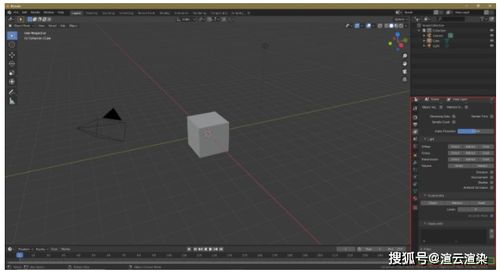来源:小编 更新:2024-11-10 05:29:06
用手机看

在React应用开发中,组件的渲染次数直接影响应用的性能和用户体验。频繁的渲染不仅会增加CPU和内存的负担,还会导致页面响应变慢。本文将探讨如何减少React应用中的渲染次数,提高应用性能。
在深入探讨优化策略之前,首先需要了解React的渲染机制。React通过虚拟DOM来管理DOM的更新,当组件的props或state发生变化时,React会重新渲染组件,并比较新旧虚拟DOM的差异,然后只更新实际需要变动的部分。然而,如果组件的渲染过于频繁,即使虚拟DOM的差异很小,也会导致性能问题。
对于函数组件,可以使用React.memo来避免不必要的渲染。React.memo是一个高阶组件,它会对组件的props进行浅比较,如果props没有变化,则不会重新渲染组件。
import React from 'react';
const MyComponent = React.memo(function MyComponent(props) {
// 组件逻辑
export default MyComponent;
在类组件中,避免在渲染函数中直接修改state。因为每次渲染函数执行时,都会创建一个新的组件实例,如果直接修改state,会导致组件在下次渲染时无法正确识别状态变化,从而引发不必要的渲染。
class MyComponent extends React.Component {
state = {
count: 0,
};
render() {
// 错误的做法:直接修改state
this.state.count += 1;
return (
Count: {this.state.count}
);
对于函数组件,可以使用useCallback和useMemo钩子来缓存函数和计算结果,避免在每次渲染时重新创建函数或进行计算。
import React, { useCallback, useMemo } from 'react';
const MyComponent = React.memo(function MyComponent(props) {
const handleClick = useCallback(() => {
// 函数逻辑
}, []);
const memoizedValue = useMemo(() => {
// 计算逻辑
return 'some value';
}, []);
return (
Click me
{memoizedValue}
);
export default MyComponent;
优化组件的props和state结构,减少不必要的嵌套和冗余数据,可以减少组件渲染时的计算量。
// 不优化的props和state结构
const MyComponent = (props) => {
const { data, nestedData } = props;
const { nestedValue } = nestedData;
// ...
// 优化的props和state结构
const MyComponent = (props) => {
const { data, nestedValue } = props;
// ...
对于类组件,可以使用shouldComponentUpdate生命周期方法或React.memo来控制组件的渲染。通过比较props和state的变化,可以避免不必要的渲染。
class MyComponent extends React.Component {
shouldComponentUpdate(nextProps, nextState) {
// 比较逻辑
return true; // 或 false
render() {
// 组件逻辑
对于类组件,可以使用React.PureComponent来替代React.Component。PureComponent会进行浅比较props和state,如果它们没有变化,则不会重新渲染组件。
import React from 'react';
import React.PureComponent from 'react/pure-component';
class MyComponent extends React.PureComponent {
render() {
// 组件逻辑
通过以上方法,可以有效减少React应用中的渲染次数,提高应用性能。在实际开发中,应根据具体场景选择合适的优化策略,以达到最佳的性能表现。